How to Prevent Maskne (Masks Acne)
What is Maskne?
What exactly is Maskne? Essentially, it’s a catch-all term for different skin issues caused by wearing face masks for prolonged periods. While masks are essential for protecting ourselves and others, the combination of heat, moisture, friction, and limited airflow can lead to several unwanted skin problems. And they’re not just limited to acne — though that’s the most common culprit!
Causes of Maskne

When it comes to Maskne, several factors come into play. Let’s break down the common causes to help you better understand what’s going on under the mask.
Clogged Pores: The main culprit for mask-related breakouts is clogged pores. As you wear your mask, your skin is subjected to a build-up of oil, sweat, and dirt — not to mention any makeup or skincare products you’ve used. With no air circulation, all this gunk gets trapped against the skin, leading to clogged pores. When pores get blocked, they can easily develop into pimples, blackheads, or cysts. The lower half of the face, especially the chin and jawline, tends to be the most affected, since that’s where the mask sits.
Humidity: Masks trap heat and moisture, which creates a kind of “mini sauna” for your skin. This warm, damp environment encourages the growth of bacteria and yeast, which thrive in these conditions. The excess moisture also softens the skin’s protective barrier, making it more vulnerable to breakouts. In combination with sweat, the moisture that accumulates inside the mask can make your skin more prone to acne.
Friction: Wearing a mask for extended periods can cause constant rubbing against the skin, especially around the ears, nose, and chin. This friction irritates the outer skin layers and can lead to redness, inflammation, or even raw patches. Over time, repeated friction weakens the skin barrier, making it more susceptible to infection and irritation. For people with sensitive skin or conditions like rosacea, the friction can trigger flare-ups.
Allergic Reactions: Sometimes, it’s not the mask itself, but what it’s made of that causes skin irritation. Some people are allergic or sensitive to materials like polyester, spandex, or latex, which are commonly used in masks. Detergents, fabric softeners, or even fragrances that come into contact with the mask can also trigger allergic reactions. These reactions often show up as redness, hives, itching, or an overall irritated rash. If your skin is feeling extra sensitive, it’s worth considering the type of fabric you’re wearing and whether it might be contributing to the problem.
Prevention Tips for Maskne
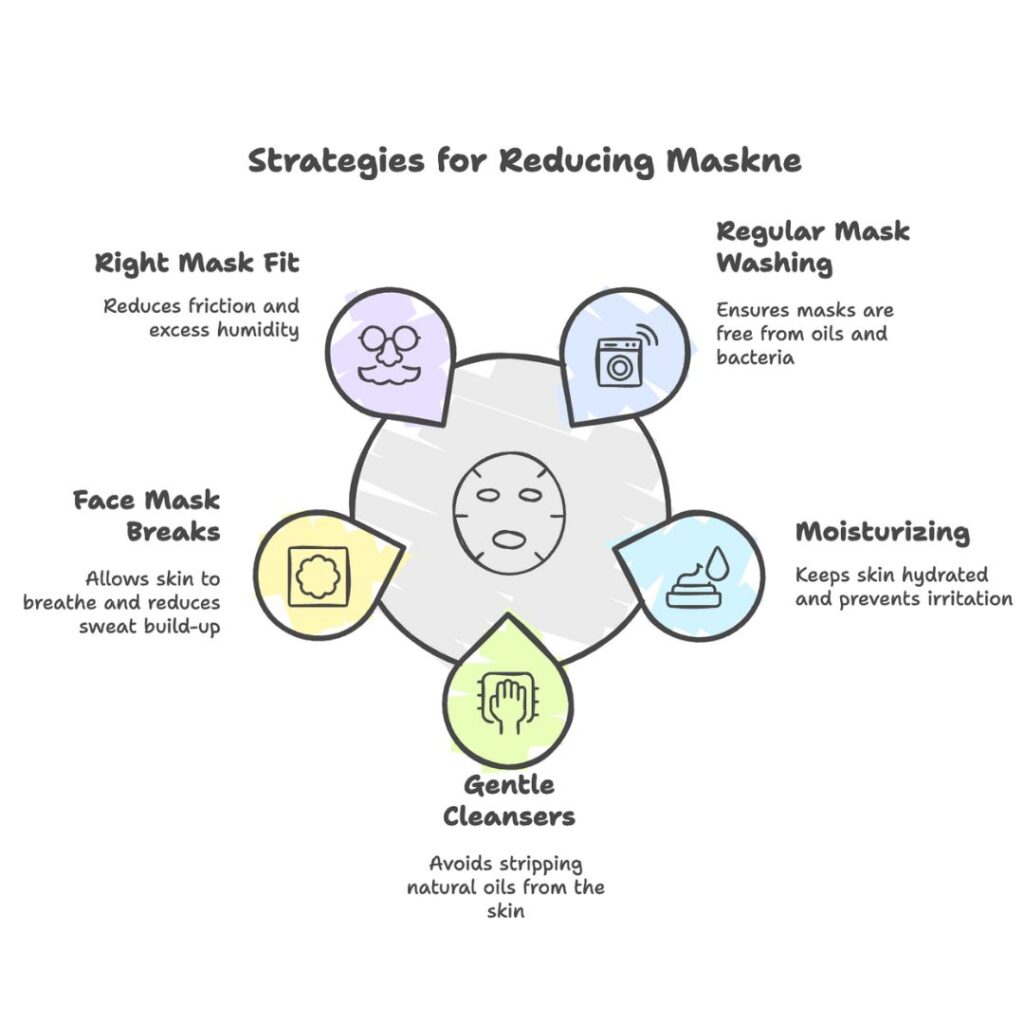
Dealing with Maskne doesn’t have to be a losing battle. By incorporating a few easy habits into your routine, you can reduce your risk of breakouts and keep your skin looking clear and healthy.
Regular Mask Washing: One of the easiest ways to avoid skin issues is by washing your mask regularly. If you’re using reusable masks, make sure to wash them after each use with an unscented, gentle detergent. This helps get rid of any oils, bacteria, and dirt that may have accumulated during wear, reducing the chance of clogged pores and irritation. Don’t forget to dry them properly to prevent any mold or bacteria from forming!
Moisturize: Dry, irritated skin under your mask is a breeding ground for more problems. Keep your skin hydrated with a noncomedogenic moisturizer — one that won’t clog your pores. Look for ingredients like hyaluronic acid, ceramides, or glycerin to lock in moisture and support your skin’s barrier. Proper hydration also helps prevent the skin from getting too sensitive, which can make you more prone to irritation or allergic reactions.
Use Gentle Cleansers: Harsh cleansers can strip the skin of its natural oils, leaving it dry and vulnerable. Instead, opt for a gentle, non-drying cleanser that’s suitable for acne-prone or sensitive skin. Medicated cleansers containing ingredients like salicylic acid or benzoyl peroxide can be helpful for those who suffer from frequent breakouts, but be careful not to overdo it. Too much exfoliation or drying products can aggravate Maskne.
Face Mask Breaks: If you’re wearing a mask for long periods, try to take short breaks every 4 hours. Remove your mask for about 15 minutes to allow your skin to breathe and reduce the build-up of sweat and bacteria. Of course, be mindful of your environment and always practice proper hygiene, especially if you’re in public places, but giving your skin these little rests can go a long way.
Right Mask Fit: The type of mask you wear matters too. Opt for masks made from soft, breathable fabrics like cotton. Avoid synthetic materials that can trap heat and moisture. Make sure your mask fits snugly but isn’t too tight, as excessive friction and pressure can irritate the skin. A well-fitted mask reduces excess humidity and minimizes skin friction, both of which are major contributors to Maskne.
Skin Care After Wearing a Mask
Taking care of your skin after wearing a mask is just as important as preventing Maskne in the first place. After a long day of mask-wearing, your skin needs a little TLC to stay calm, clear, and comfortable.
Wash Face Gently: The first step after removing your mask is to cleanse your face. Use a gentle cleanser that won’t strip your skin of its natural oils but will effectively remove the sweat, dirt, and bacteria that may have built up under your mask. Avoid harsh scrubbing, as your skin might be more sensitive from the friction and moisture, which could worsen irritation or cause more breakouts.
Avoid Heavy Makeup: While you might be tempted to cover up any maskne, it’s best to skip heavy makeup while your skin is healing. Layering makeup over irritated or breakout-prone skin can clog pores and trap bacteria, making the problem worse. If you absolutely need to wear makeup, go for a lightweight, non-comedogenic option that allows your skin to breathe.
Cortisone Cream: If you’re experiencing redness, irritation, or inflammation from your mask, a small amount of over-the-counter hydrocortisone cream can help calm things down. Apply it sparingly to affected areas for relief. Just make sure to consult a dermatologist if you’re unsure whether it’s the right treatment for your skin, especially if you’re dealing with ongoing irritation.
Hydrate Post-Mask: After a day of wearing a mask, your skin can feel dry and dehydrated. This is especially true if you’ve been in a warm environment or wearing a mask for long periods. Replenish moisture with a hydrating moisturizer to lock in hydration and help repair your skin’s barrier. Look for products with hydrating ingredients like hyaluronic acid, glycerin, or ceramides to soothe and restore balance.
Mask Material Considerations
When it comes to preventing maskne, the material of your mask plays a huge role in how your skin reacts. Different fabrics interact with your skin in various ways, so choosing the right one can help minimize irritation and breakouts.
Cotton vs. Synthetic Masks: Cotton masks are generally the gentler option for your skin. Unlike synthetic materials like polyester or nylon, cotton is breathable and soft, which helps reduce friction and moisture buildup. Synthetic fabrics, on the other hand, can trap heat and sweat against your skin, creating the perfect environment for acne-causing bacteria to thrive. If you’re prone to skin issues, cotton is your best bet.
Face Mask Layers: The number of layers in your mask can also impact your skin’s comfort. Masks with multiple layers—such as a combination of cotton and silk—offer both breathability and a smoother surface that’s gentler on the skin. Silk, for example, is naturally less abrasive than cotton and can reduce friction, which is great for preventing irritation. A multi-layer mask also improves filtration, providing better protection while keeping your skin happier.
Choosing the right mask material—especially one that balances breathability and comfort—can make a big difference in keeping maskne at bay. When possible, opt for cotton or a mix of cotton and silk to help minimize irritation and keep your skin clear.
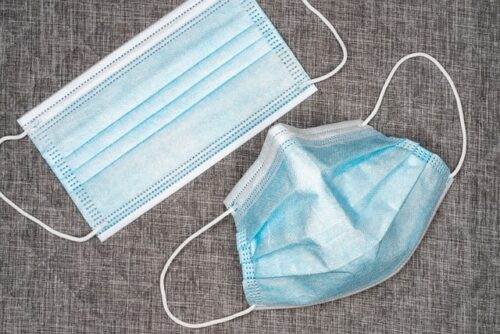
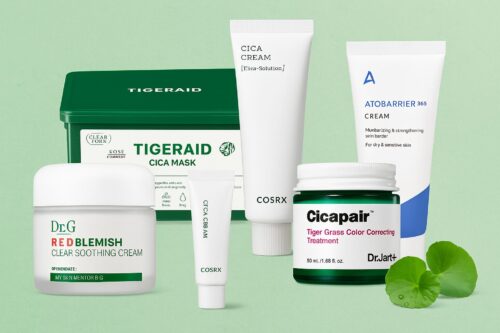
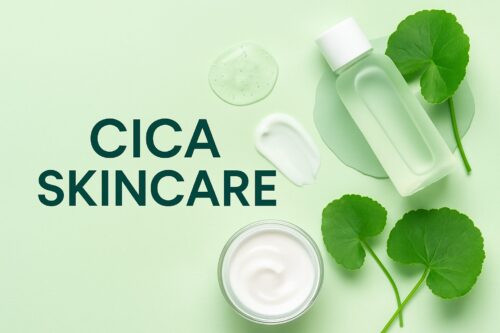
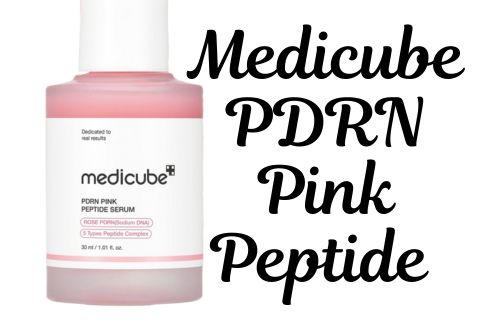
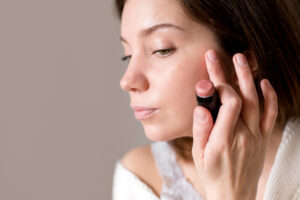
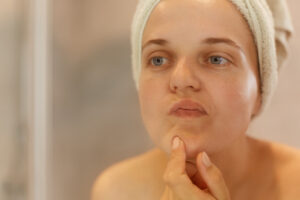
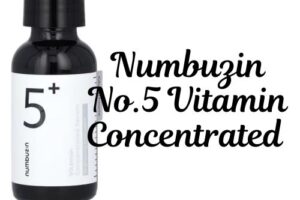
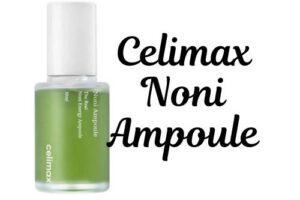
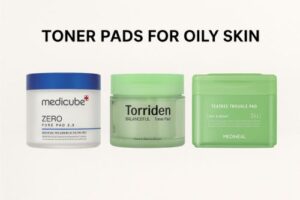

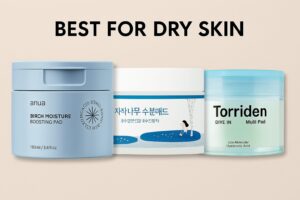



Post Comment